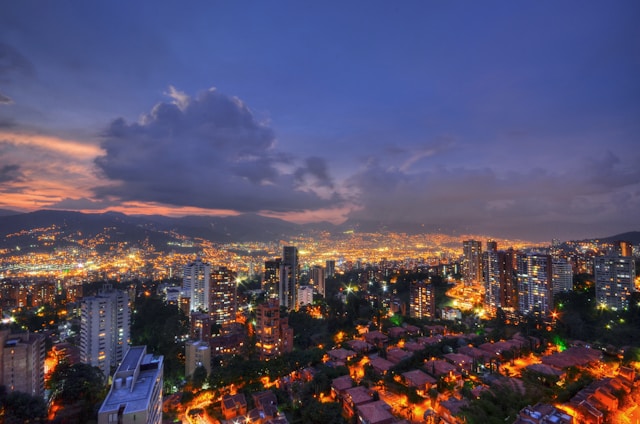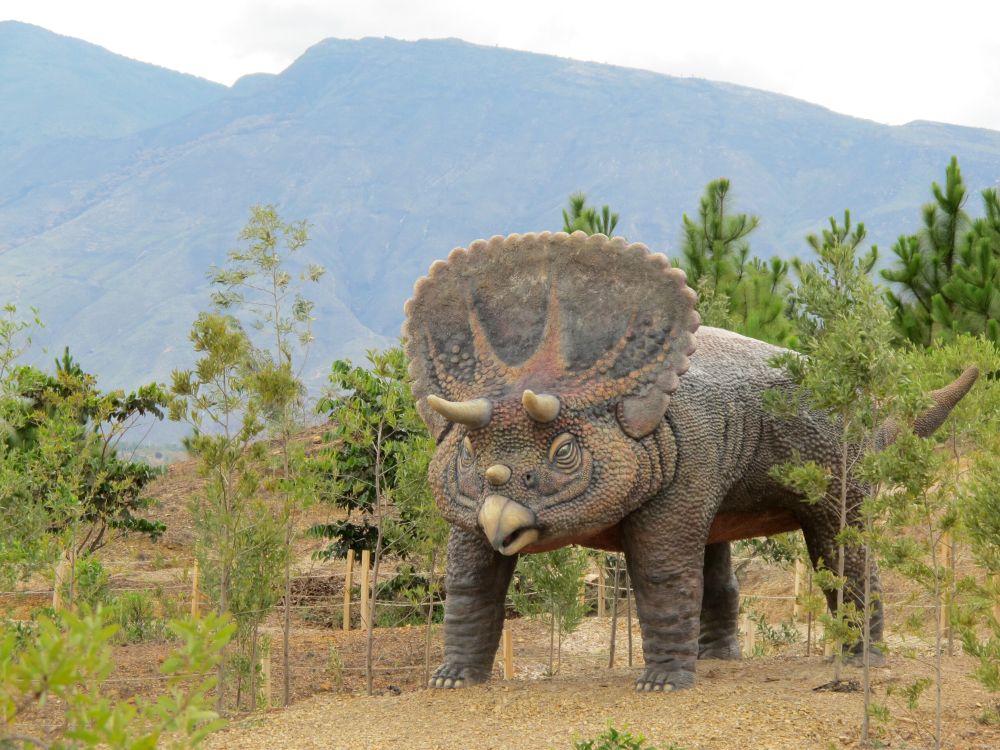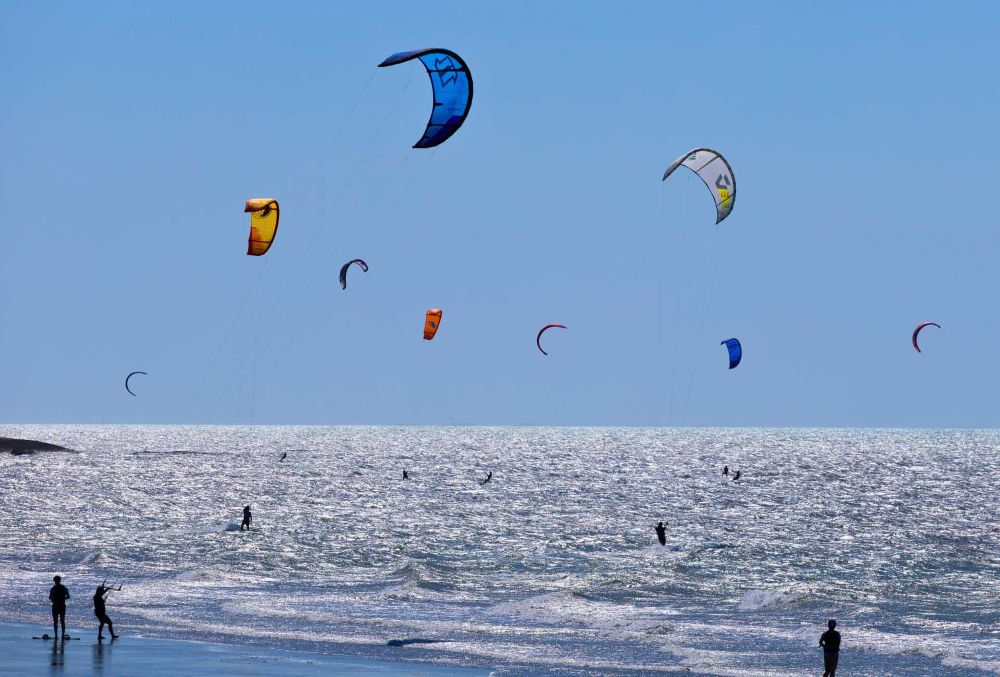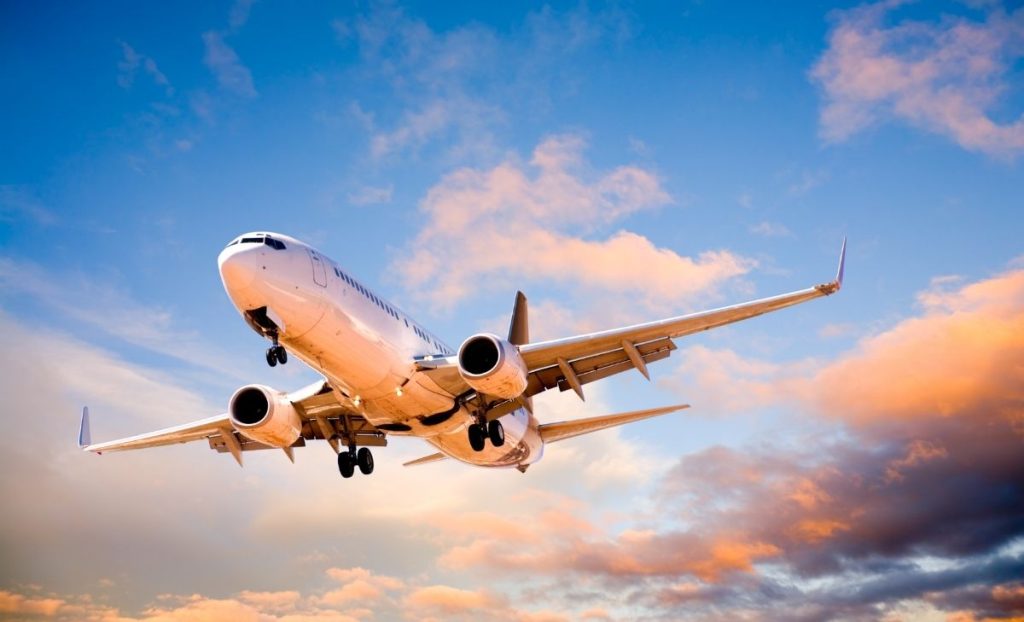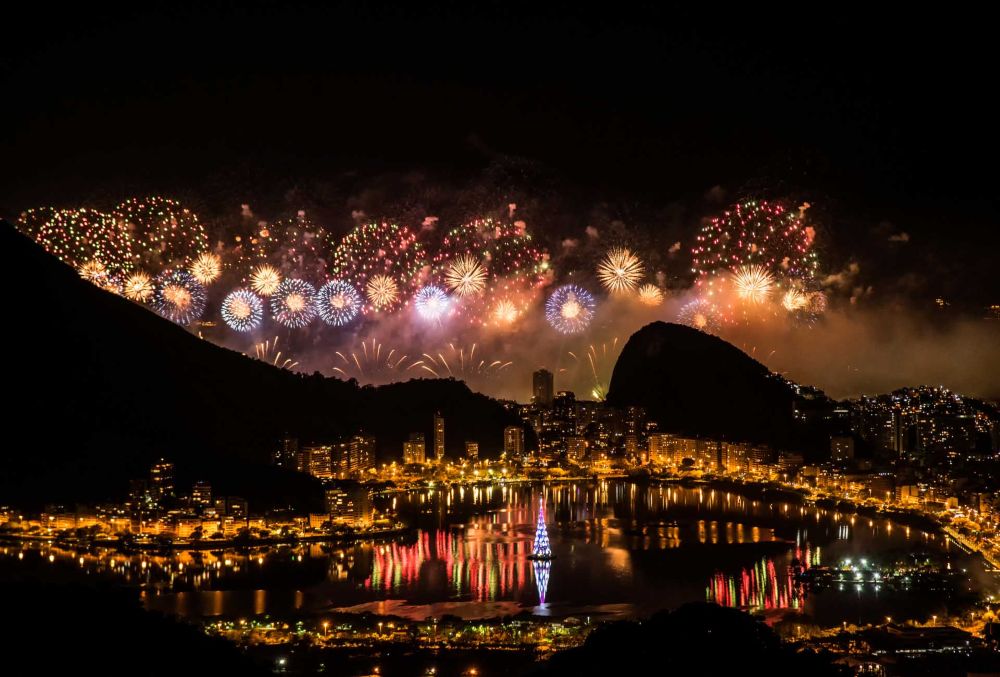Nestled in the verdant Aburrá Valley, in the heart of the Andes, Medellín—Colombia’s second-largest city—combines resilience with modernity. Long overshadowed by its dark past, it has risen thanks to bold urban projects and a remarkable sense of civic vitality. Today, it is a magnetic destination where the energy of popular neighborhoods meets the elegance of an inventive metropolis.
A Journey Between Memory and Metamorphosis
With its year-round mild climate, the capital of the department of Antioquia fully deserves its nickname, the “City of Eternal Spring.” But it is above all its forward-looking development that stands out: Medellín is propelled by innovation, entrepreneurship, and infrastructure.
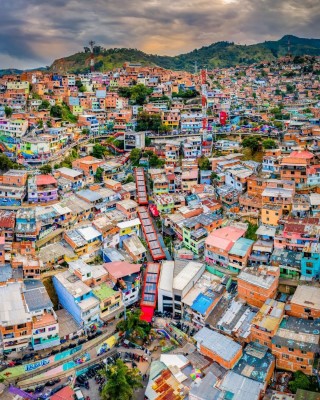
The aerial metro, cable car lines, neighborhood libraries, and cultural centers in peripheral areas are just a few examples of urban planning designed for inclusion. In just two decades, Medellín has turned its weaknesses into collective strength.
Must-sees
Comuna 13: Once a marginalized neighborhood, it now symbolizes the city’s resilience and transformation. Its murals, open-air escalators, street galleries, and social initiatives make it a hub of creative effervescence.
El Poblado: Chic and cosmopolitan, this district is home to trendy restaurants, bars, and boutiques. It’s also one of Medellín’s main hotel zones.
Plaza Botero: A true open-air museum, this square showcases 23 monumental sculptures donated by Fernando Botero to his hometown. It’s a lively public space often animated by street performers and curious passersby. The nearby Museo de Antioquia houses an impressive collection of Colombian artworks and contemporary exhibitions.
Casa de la Memoria: This civic museum pays tribute to the victims of Colombia’s armed conflict through testimonies, photographs, objects, and audiovisual installations. A vital stop for understanding the country’s history.
Nature as a Constant Backdrop
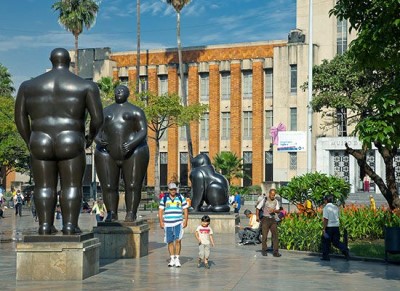
Thanks to its geography, Medellín is also a city where nature is omnipresent. The Botanical Garden, located in the heart of the city, features orchids, bromeliads, palm trees, and an impressive greenhouse. Higher up, Arví Park—accessible via cable car—offers miles of forest trails for hiking, birdwatching, or exploring rural communities. And every August, the Feria de las Flores takes over the city: floral parades, silletero contests, concerts, and dancing pay tribute to one of the region’s most colorful traditions.
A City of Art, Music… and Style
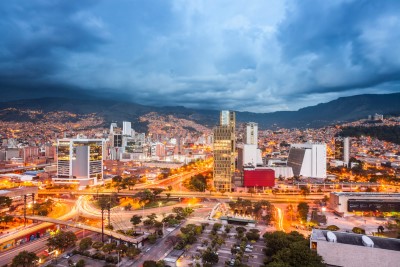
From street art to avant-garde galleries, Medellín pulses with creativity. The Museum of Modern Art (MAMM), housed in a former factory, is a centerpiece of the contemporary art scene. As Colombia’s fashion capital, Medellín also hosts an annual Fashion Week, showcasing local textile design and creativity. On the musical front, the city’s influence is global—it’s the birthplace of reggaeton icons like J Balvin, Maluma, and Karol G.
Our article: Guatapé and El Peñol, a colourful escape in Colombia
Escapes Around Medellín
Less than two hours away, several villages offer scenic getaways into the Antioquian countryside. Guatapé, with its vividly painted façades, is overlooked by El Peñol, a massive rock that can be climbed for a spectacular view over the lake and its islets. Further south, Jardín enchants with its flower-lined balconies, central plaza flanked by cafés, and coffee-covered hills. These rural excursions complement the urban experience of Medellín with a dive into tradition and nature.
Our article: Jardín, a concentrate of Colombia!
Medellín isn’t a city to be rushed through. It reveals itself in its streets, in conversations with its people, and in the unexpected. It doesn’t try to hide its past; it transforms it into strength. Its hospitality, creativity, and collective spirit make it a unique metropolis on the continent. Here, more than anywhere else, the city isn’t just a backdrop, it’s a protagonist in your journey.
Photos: Joel Duncan | Juan Madrid | D.R. | Alcaldia de Medellín

